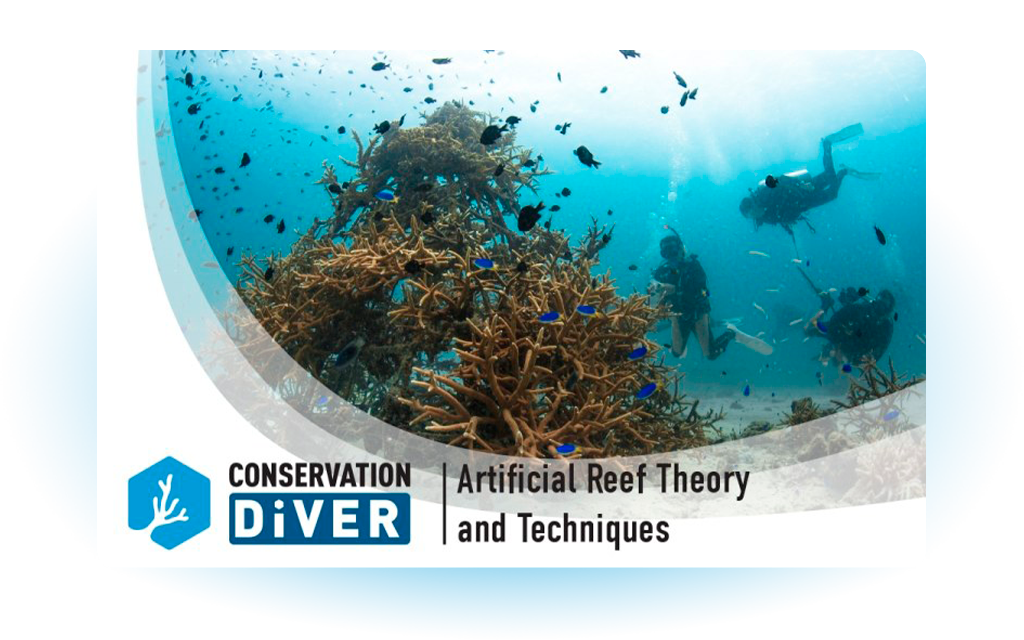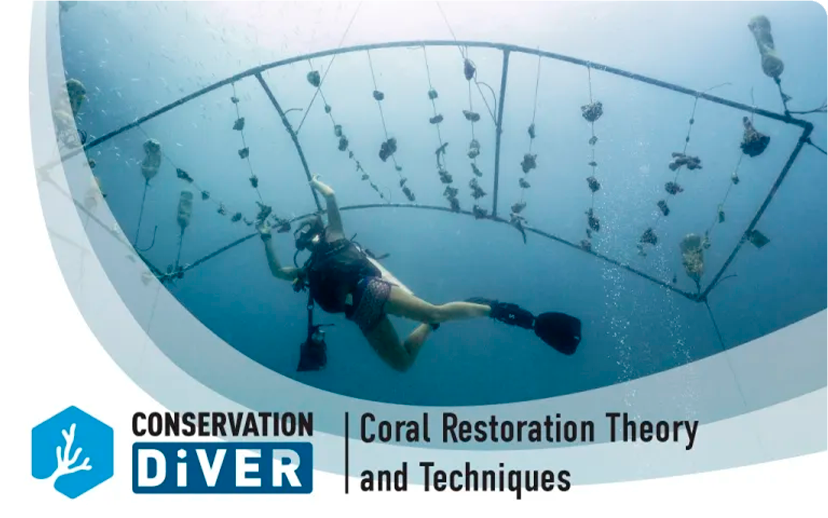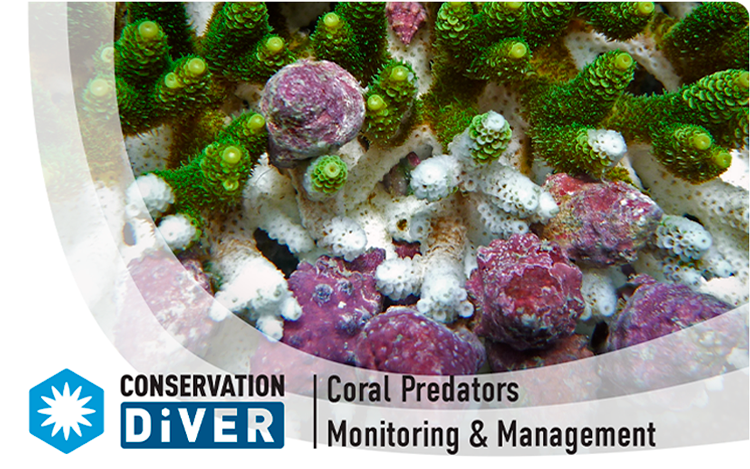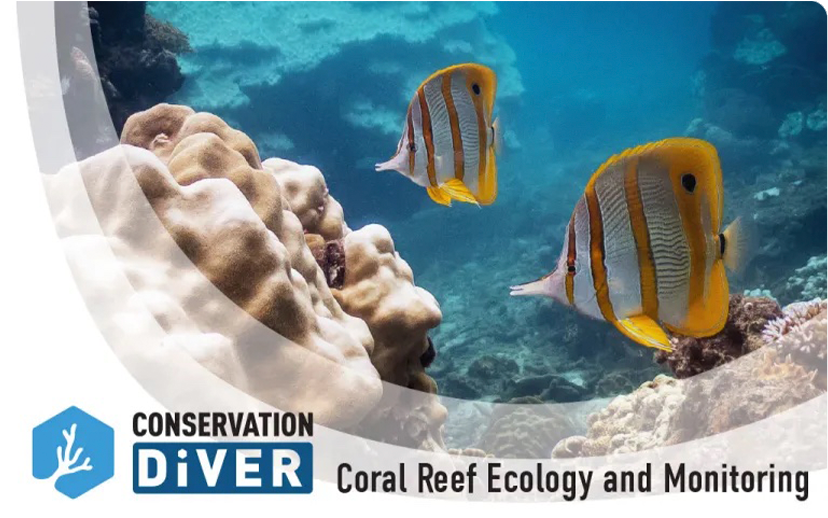
Artificial Reef Theory & Techniques
Artificial reefs have a wide range of uses in both coral reef restoration and problem mitigation. Artificial reefs (or structural restoration) can replace structure in disturbed areas, expand reef areas, provide alternative dive sites and diver training aids, or provide interesting art installations. Although they can be made simply, there is a lot of planning and theory behind any artificial reef instalment, and this course will give you the knowledge and skills you need to begin.
Explore the applications and distinctions of various artificial reef types and materials.
Learn practical standards for monitoring and sustaining artificial reefs.
Gain the skill to assess threats and historical disturbances, informing decisions on artificial reef necessity and structure selection.
Understand potential failure factors and the importance of meticulous planning and continuous maintenance.
Program Eligibility and Requirements
To join the Artificial Reef Theory & Techniques Program, participants need to meet the following criteria:
- Age Requirement: Applicants must be 12 years of age or older.
- Diver Certification: Applicants should hold certification as an Advanced diver from a recognized diving organization such as PADI, SSI, RAID, or similar. Alternatively, Open Water divers can be eligible if they have successfully completed a buoyancy appraisal under the guidance of a professional diver.
- Diving Proficiency: Applicants need to showcase advanced diving skills, including excellent buoyancy control and self-awareness.
- Certifications: Interested individuals must have completed the following certifications offered by our program:
Upon Enrollment in the Course, participants will be required to:
- Attend the artificial reef knowledge development sessions and complete the written exam.
- Successfully pass all the written exams for the courses listed above, achieving a score of 80% or higher.
- Construct and deploy an artificial reef structure.
- Understand or practice at least 3 different transplanting techniques
- Perform 3 artificial reef dives:
- Maintenance and observation dive
- Monitoring and data collection
- Deployment and attachment of coral from the coral nursery
Published papers and reports derived through the teaching of this course
- Contrasting coral community structures between natural and artificial substrates at Koh Tao, Gulf of Thailand Coline Monchanin, Rahul Mehrotra, Elouise Haskin, Chad M Scott, Pau Urgell Plaza, Alyssa Allchurch, Spencer Arnold, Kirsty Magson, Bert W Hoeksema
- Ecotourism and Coral Reef Restoration by Margaux Y Hein, Fanny Couture, Chad M Scott
- Coral restoration: Socio-ecological perspectives of benefits and limitations by Margaux Y Hein, Alastair Birtles, Bette L Willis, Naomi Gardiner, Roger Beeden, Nadine A Marshall
- The Fight for the Last of Life
- Coral Fragging Should be Banned










